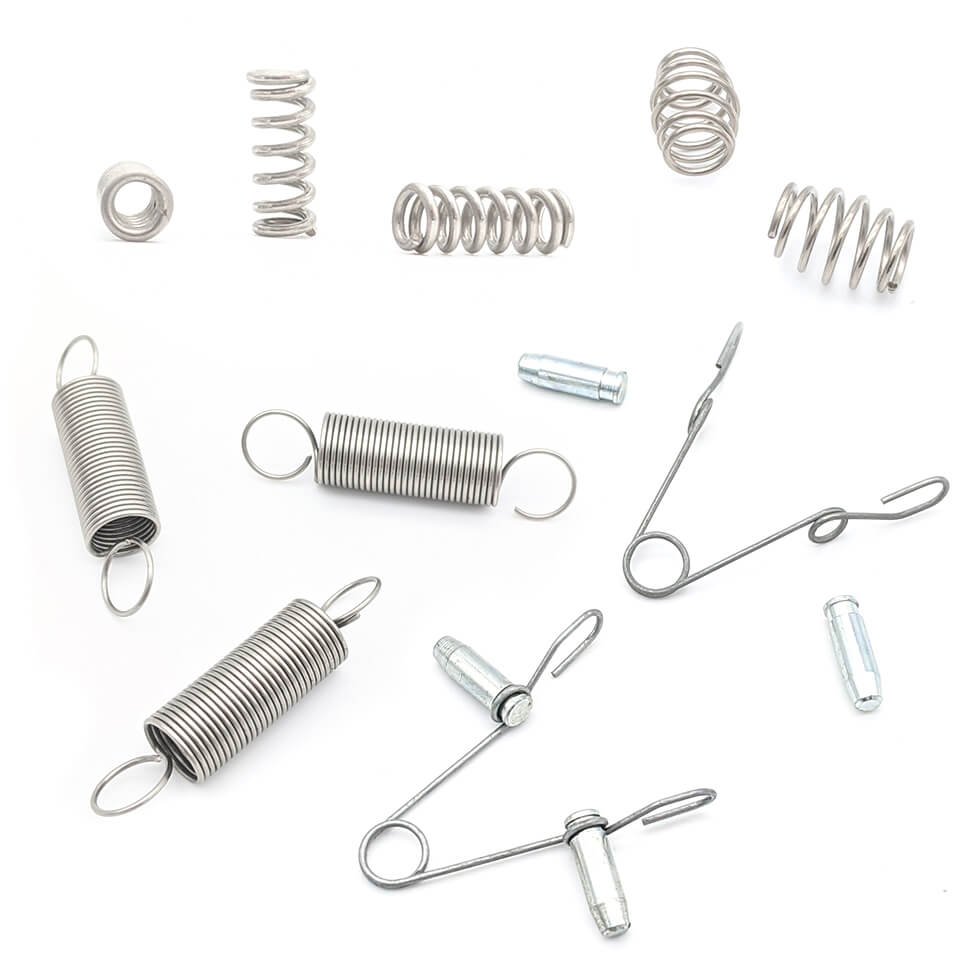Get unique, complex parts easily. No matter your requirements, Chaoyi Spring creates hard-to-produce coil springs and wire forms.
Let us help you create the custom wire form you need, from S-hooks and J-hooks to utility hooks and more.
We work closely with customers across a wide range of industries, helping them design and manufacture made-to-order parts.
Why choose Chaoyi Spring? We prioritize customer-focused collaboration, modern equipment and the latest technology to make your parts per print.
Find the information and guidance you need, from measuring a spring to learning about materials, placing an order and much more.
Have you ever wondered why tension springs come in different colors? It's not just for aesthetics; color coding plays a crucial role in identifying spring properties and specifications. Understanding tension


Have you ever wondered why tension springs come in different colors? It's not just for aesthetics; color coding plays a crucial role in identifying spring properties and specifications. Understanding tension spring color charts can save you time, prevent errors, and ensure you choose the right spring for your application. In this comprehensive guide, we'll delve into the world of tension spring color charts, exploring their purpose, common color codes, and how to interpret them.

Tension springs are essential components in countless mechanical and industrial applications. They are designed to exert a pulling force when stretched, providing the necessary power for various functions. Choosing the right tension spring is critical for ensuring proper performance and longevity of your system.
Color coding provides a quick and efficient way to identify key characteristics of tension springs. This eliminates the need for time-consuming manual inspection and reduces the risk of selecting an incorrect spring.
Tension spring color charts are visual representations of spring specifications, typically using a combination of colors to indicate different properties. These charts are usually developed by spring manufacturers and may vary slightly between brands.
Here are some common features often represented by colors on tension spring charts:
The color code might indicate the type of material used to manufacture the spring. For instance,
It's essential to consult the specific color chart provided by the manufacturer to understand their material designations.
The thickness of the spring wire is another vital property that can be encoded using colors.
Tension springs are designed to exert a specific amount of force when stretched to a certain length. The color chart could represent different load levels.
It's important to note that the specific force corresponding to each color should be clearly defined on the manufacturer's color chart.
The unstretched length of the spring, known as the free length, can also be indicated by colors.
Tension springs have different end configurations, such as hooks, loops, or eyes. Color coding can distinguish between these end types, enabling easy identification during selection.
Using a tension spring color chart is a straightforward process:
Utilizing color charts for tension springs offers numerous benefits:
Tension spring color charts are indispensable tools for professionals working with springs. They streamline the selection process, reduce errors, and ensure that the right springs are chosen for every application. By understanding the color coding system and consulting the manufacturer's charts, you can confidently select the springs that meet your specific needs. Remember, choosing the right spring is crucial for the smooth operation, reliability, and longevity of your system.
Embrace the power of color coding in the world of tension springs. Equip yourself with knowledge of tension spring color charts to ensure accurate and efficient selection. Always consult the manufacturer's specific charts for the most accurate information. By leveraging color coding, you'll streamline your spring selection process, prevent errors, and ultimately contribute to the success of your project.
Browse some of the custom wire forms and springs that we manufacture. Don’t see what you need? We specialize in made-to-order products that meet your application requirements.
Visit Our GalleryNeed a custom wire form or coil spring? We make it work. Fill out the contact form and a representative will respond within 1 business day. If you have a PDF or CAD file, you can submit to request a quote.